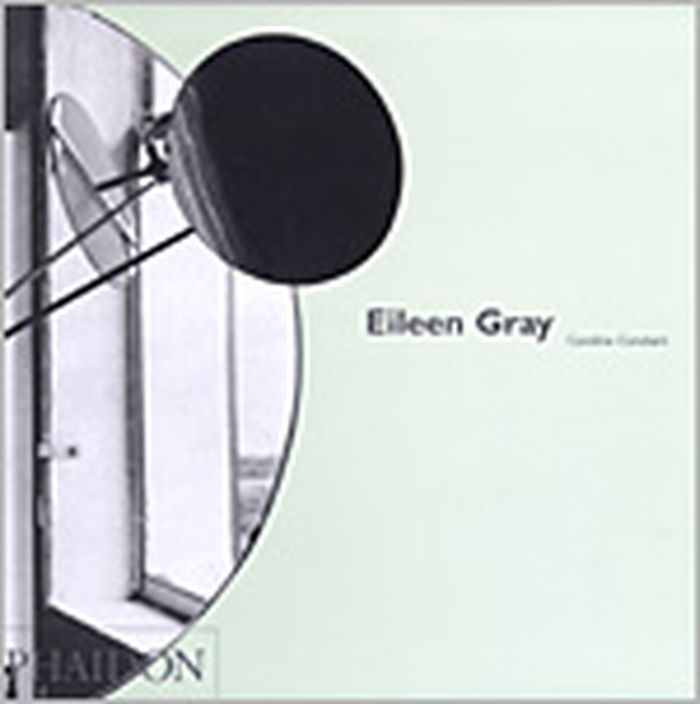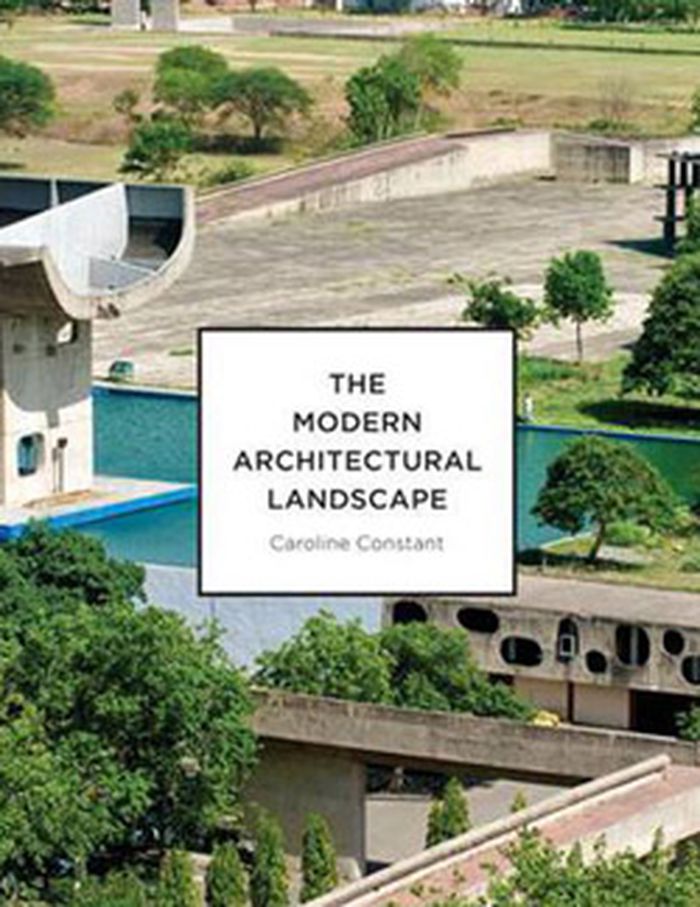Eileen Gray
$45.00
(available to order)
Summary:
Architecte et designer d'origine irlandaise, Eileen Gray, née Kathleen Eileen Moray, (1878-1976) s'installe à Paris en 1902. Elle sera l'une des figures marquantes des arts décoratifs français des années 1910 et 1920. Elle crée en particulier de luxueux tapis et meubles en laque et ouvre une galerie rue du Faubourg-Saint-Honoré. Son travail novateur en matière de mobilier(...)
Eileen Gray
Actions:
Price:
$45.00
(available to order)
Summary:
Architecte et designer d'origine irlandaise, Eileen Gray, née Kathleen Eileen Moray, (1878-1976) s'installe à Paris en 1902. Elle sera l'une des figures marquantes des arts décoratifs français des années 1910 et 1920. Elle crée en particulier de luxueux tapis et meubles en laque et ouvre une galerie rue du Faubourg-Saint-Honoré. Son travail novateur en matière de mobilier et d'architecture allie les lignes épurées du Mouvement moderne à un souci du confort et un sens pratique. Son oeuvre a influencé des designers renommés de l'époque, dont Pierre Chareau, Charlotte Perriand et Robert Mallet-Stevens. Cet ouvrage dessine un portrait détaillé d'Eileen Gray, et met en lumière sa contribution de première importance au Mouvement moderne. Il replace son oeuvre dans le contexte des mouvements du design et de l'architecture contemporains ainsi que dans l'histoire culturelle et sociale du XXe siècle.
Design Monographs
$33.00
(available to order)
Summary:
Caroline Constant examines diverse approaches to landscape in the work of architects practicing in Europe and the United States between 1915 and the mid-1980s. Case studies highlight landscapes in the public realm rather than the private garden, which had been a primary focus of much Western landscape theory and practice during the early decades of the century. These(...)
The modern architectural landscape
Actions:
Price:
$33.00
(available to order)
Summary:
Caroline Constant examines diverse approaches to landscape in the work of architects practicing in Europe and the United States between 1915 and the mid-1980s. Case studies highlight landscapes in the public realm rather than the private garden, which had been a primary focus of much Western landscape theory and practice during the early decades of the century. These landscapes do more than accommodate the functional needs of the evolving mass society in parks, playgrounds, and places of assembly; they give formal expression to Modern Movement social and political ideologies, engaging the symbolic potential of the modern landscape—particularly in its ability to take on new, more democratic forms of social organization. Approaching landscape as an essential component of modern architecture’s constructive endowment of material with social value, The Modern Architectural Landscape focuses on the precise material forms and ideological underpinnings of landscapes conceived by architects, revealing them as salient to the formulation of both modern architecture and the modern landscape.
Landscape Theory

